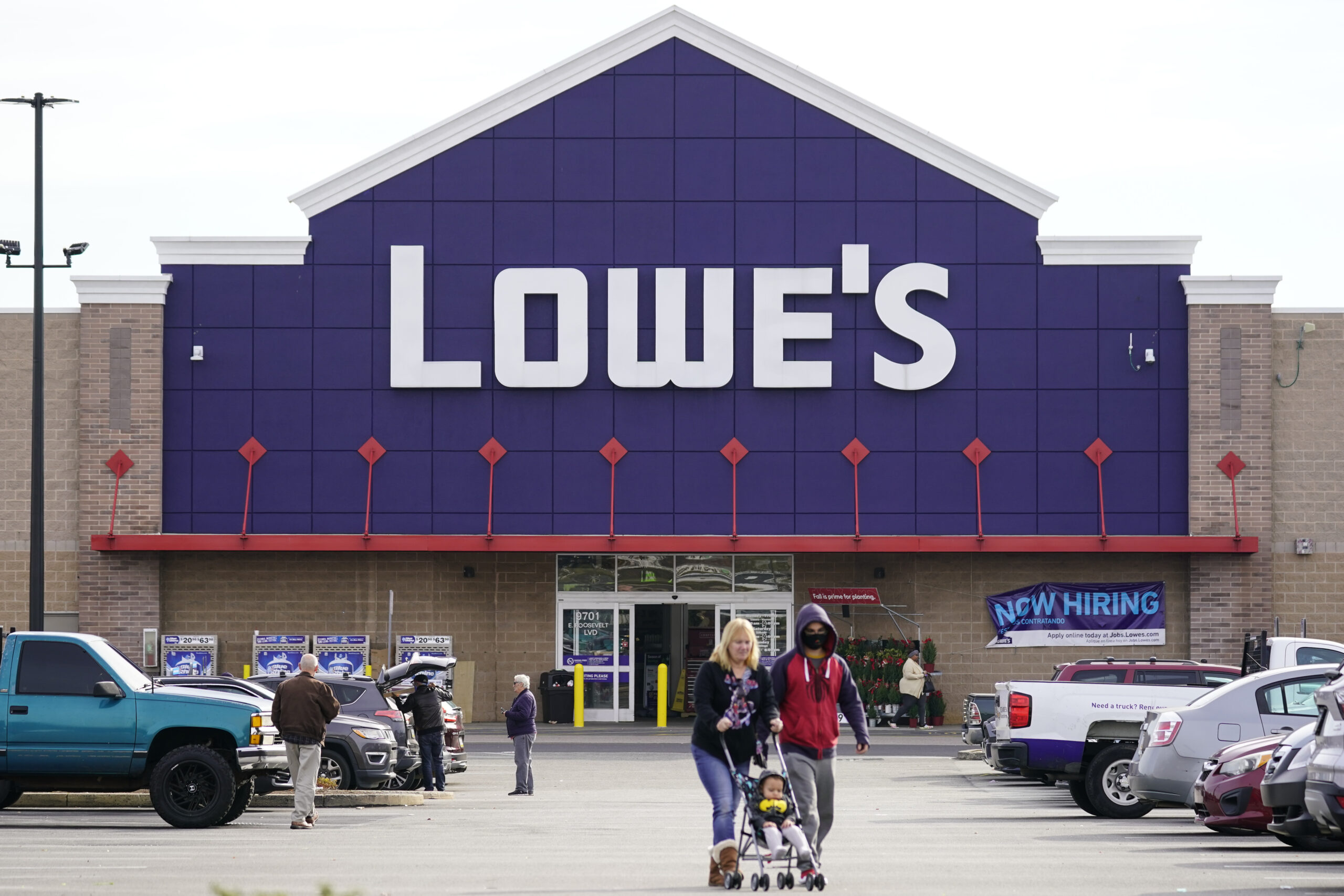Consumer confidence fell in May as Americans became more pessimistic about the labor market, on top of elevated anxiety over inflation.
The Conference Board reported Tuesday that its consumer confidence index fell to 102.3 in May from 103.7 in April. It’s the fourth time in five months that overall U.S. consumer confidence has declined.
The business research group’s present situation index — which measures consumers’ assessment of current business and labor market conditions — fell to 148.6 from 151.8 last month.
The board’s expectations index — a measure of consumers’ six-month outlook for income, business and labor conditions — inched down to 71.5 this month from 71.7 in April.
A reading under 80 often signals a recession in the coming year. The Conference Board noted that reading has come in below 80 every month but one since February of 2022.
Consumer spending, which makes up about 70% of U.S. economic activity, has remained strong despite the Federal Reserve raising interest rates 10 straight times since March of last year in its effort to cool the economy and bring down persistent, four-decade high inflation.
Last week, the government reported that consumer spending jumped 0.8% from March to April, the biggest increase since January. Much of the increase was driven by spending on new cars, which soared 6.2%. Among other items, Americans also bought more computers, gasoline and clothing.
Consumer prices in the United States rose again in April, and measures of underlying inflation stayed high. However, the latest data did provide some evidence of cooling inflation, particularly at the grocery store. Prices for some services, including airline fares and hotel rooms, also fell.
The Conference Board noted that consumers’ assessment of current employment conditions saw significant deterioration, even as the labor market remains resilient in the face of rising rates.
America’s employers added a healthy 253,000 jobs in April and the unemployment rate dipped to 3.4%, matching a 54-year low. But the jobless rate fell in part because 43,000 people left the labor force — the first drop since November — and were no longer counted as unemployed.
While hiring was solid in April, it was much weaker in February and March than the government had previously estimated. Job gains for those months was downgraded by a combined 149,000.
(AP)











